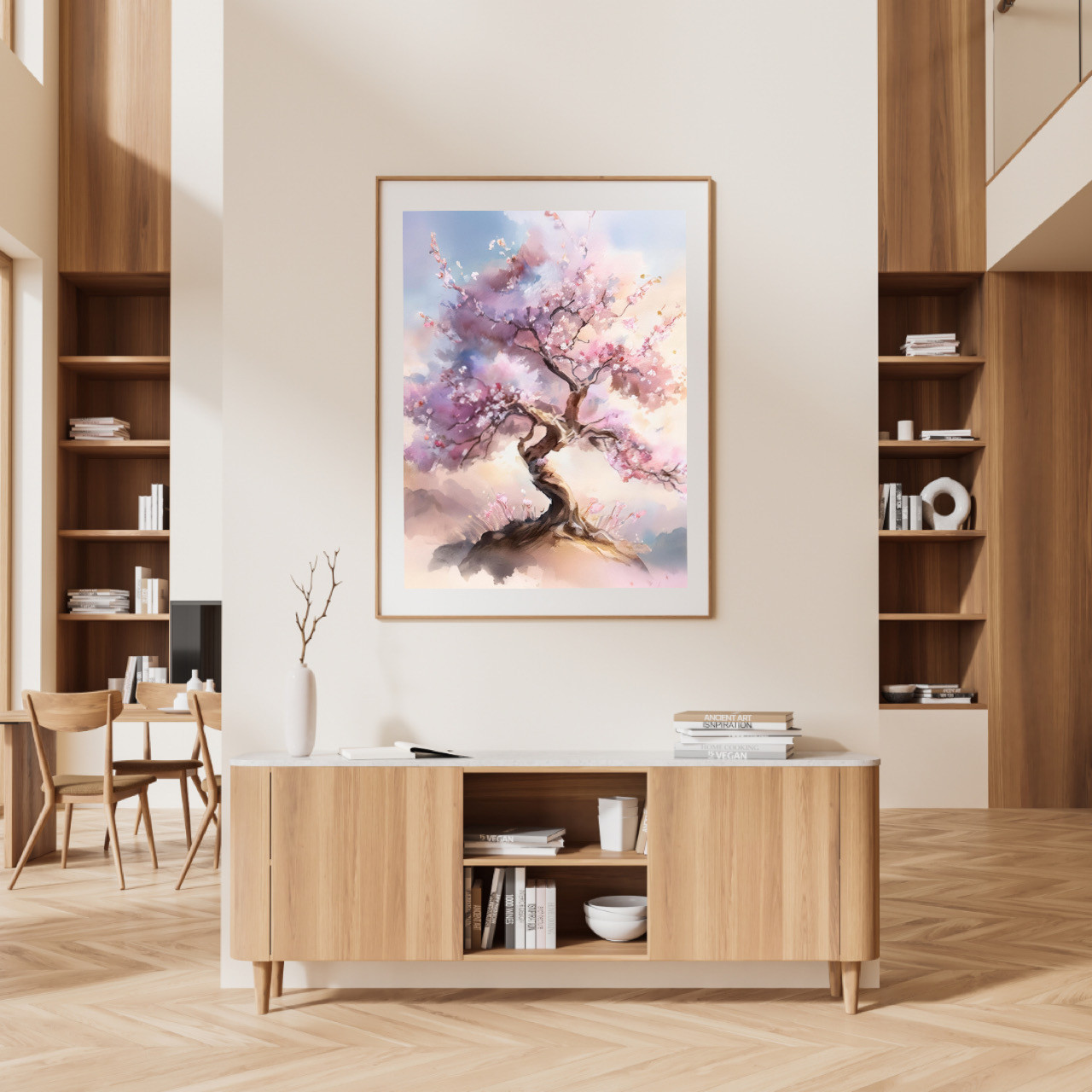What is *Kasou* ?
- MALT INCORPORATED

- 2月18日
- 読了時間: 2分

Kasou (家相) is a traditional Japanese concept related to the layout and orientation of a house. It is believed to influence the fortune and well-being of the residents. While similar to Feng Shui (風水) from China, Kasou has developed uniquely in Japan.
Basic Principles of Kasou
In Kasou, the placement of rooms and the house’s orientation are thought to impact the luck of the household. The key elements include:
1. Directions (Eight Cardinal Points)
Houses are divided into eight directions: North, South, East, West, and the four corners (Northeast, Southeast, Southwest, Northwest). Each direction has its own influence:
East: Associated with health and career growth, as it receives the morning sun.
South: Symbolizes fame and prosperity due to strong sunlight.
North: Cooler and more stable, making it suitable for bedrooms, but water-related areas should be avoided.
2. Kimon (Demon Gate) and Ura-Kimon (Reverse Demon Gate)
Kimon (鬼門, Demon Gate): The Northeast direction is considered unlucky, as bad energy is believed to enter from this direction.
Ura-Kimon (裏鬼門, Reverse Demon Gate): The Southwest direction is also considered inauspicious.
→ It is believed to bring misfortune if the entrance, toilet, or kitchen is placed in these areas.
3. Auspicious and Inauspicious Room Placements
Entrance: Acts as the "face" of the house, so it should be bright and well-ventilated.
Bedroom: Best placed in the North or East, as these areas provide stability and calmness.
Kitchen: Since fire is the main element, it should be carefully positioned, avoiding proximity to bathrooms.
Toilet & Bathroom: Should not be placed at the center of the house, as they are associated with impurity.
4. House Shape & Layout
A well-balanced square or rectangular shape is ideal.
Houses with missing corners (indentations) or protrusions (extensions) may cause unbalanced energy flow.
Applying Kasou to Modern Homes
In contemporary architecture, it may not always be possible to strictly follow Kasou principles. However, you can apply some practical aspects, such as:
Being mindful of the entrance and bedroom placement.
Avoiding water-related areas (e.g., bathrooms, toilets) in the Kimon and Ura-Kimon directions.
Keeping the house clean and well-ventilated for better energy flow.
Although Kasou is not scientifically proven, it serves as a useful guideline for creating a comfortable and harmonious living environment.





コメント